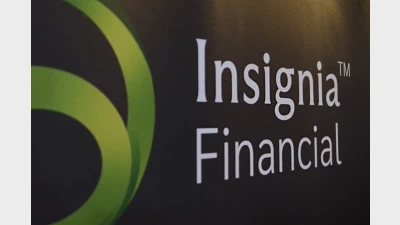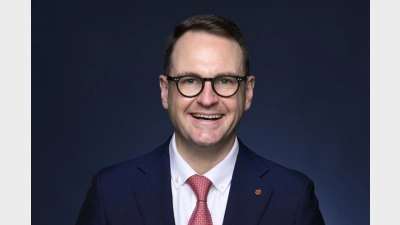Quarterly super payments costing workers $225 million


Industry Super Australia (ISA) has continued its campaign for superannuation to be paid more frequently, saying that Australians are missing out on around $225 million in interest yearly because of the current quarterly payment requirements.
An analysis of Australian Tax Office (ATO) by the advocacy group founds that around 2.3 million workers aged 20-29 collectively missed out on $35 million in interest for their super balances in 2015, 1.9 million aged 40- 49 missed out on $55 million, and 1.6 million aged 50-59 missed out on $50 million.
For a person working full time on average wages from 20 to 67 years old, this would represent $12,475 by retirement.
Furthermore, recent polling by ISA found that 70 per cent of workers were unaware that the superannuation payments on their pay slips didn’t mean those payments had been made, with many employers waiting the full three months before payments.
“We’ve welcomed any and all efforts to improve compliance, but it won’t change the fact that some employers will go on using the payment hiatus for business cash flow,” ISA chief executive, Bernie Dean, said.
“Essentially, workers are subsiding businesses at the expense of their retirement savings … It’s not fair, and the rules must change.”
ISA had been calling for the Government to require superannuation payments be aligned with wage payments, reflecting a recommendation from a Senate Committee in 2017.
Recommended for you
Future Group is set to take on nearly $1 billion in funds under management (FUM) and welcome more than 100,000 new members following two significant successor fund transfers.
Insignia’s Master Trust business suffered a 1.9 per cent dip in FUA in the third quarter, amid total net outflows of $1.8 billion.
While the Liberal senator has accused super funds of locking everyday Australians out of the housing market, industry advocates say the Coalition’s policy would only push home ownership further out of reach.
Australia’s largest superannuation fund has confirmed all members who had funds stolen during the recent cyber fraud crime have been reimbursed.












